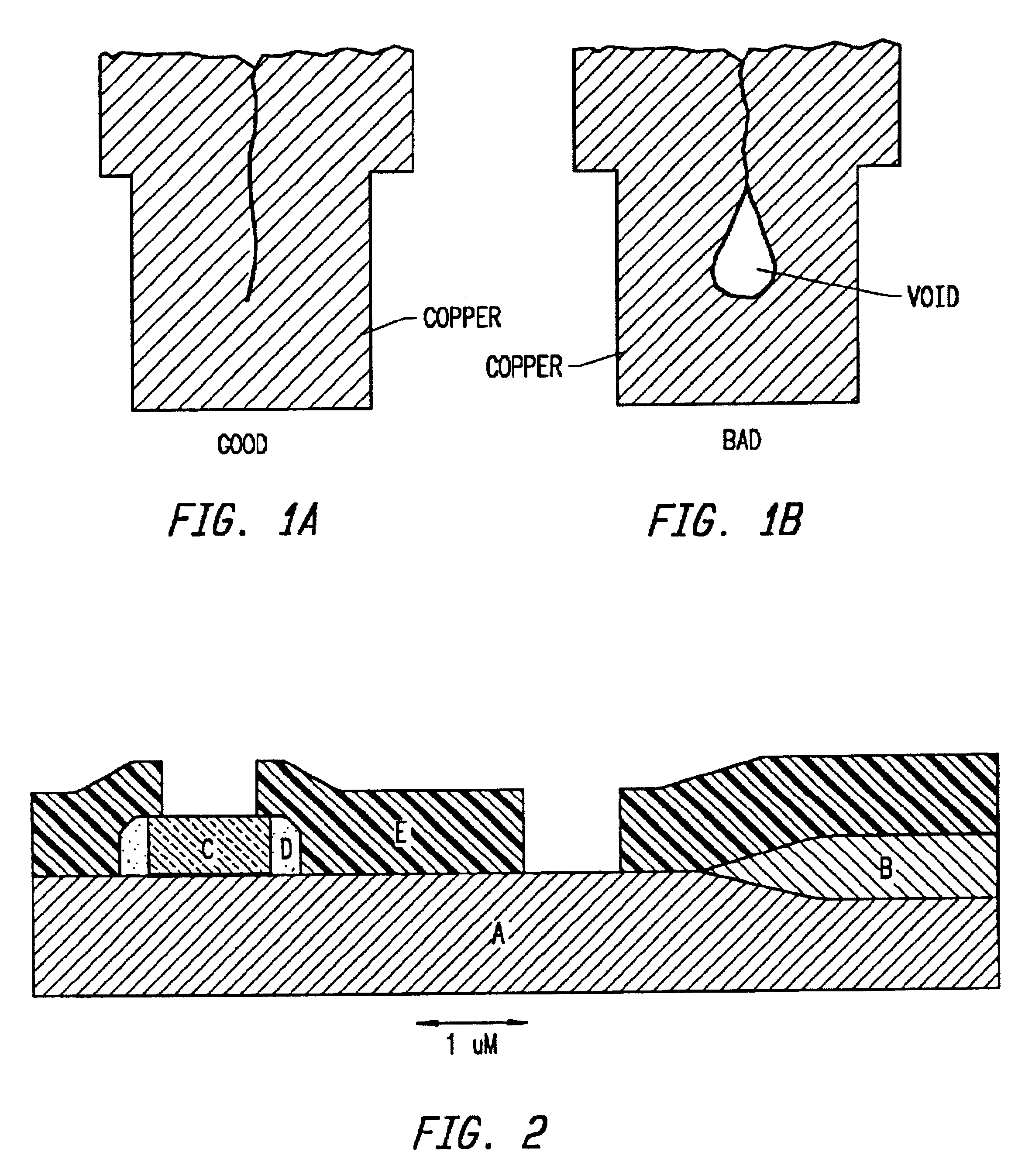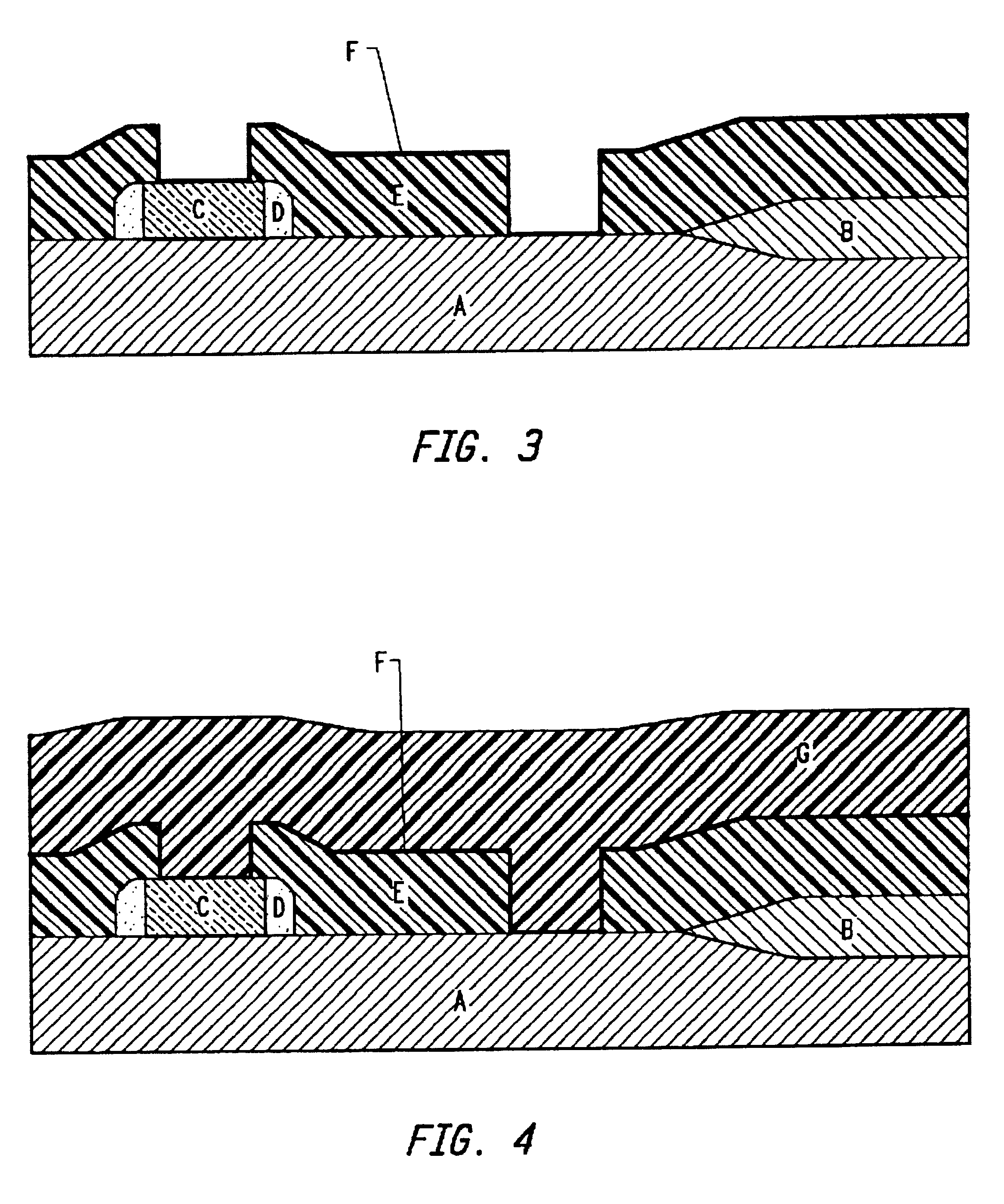Electrodeposition apparatus with virtual anode
a virtual anode and electrodeposition technology, applied in the field of selective metal electrodeposition process and apparatus, can solve the problems of metal failure (open circuit) in the hole, increase in line resistance, and affect the ability of metals
- Summary
- Abstract
- Description
- Claims
- Application Information
AI Technical Summary
Benefits of technology
Problems solved by technology
Method used
Image
Examples
Embodiment Construction
In FIG. 9 the electrode 1 is named the anode (although for a fraction of the time it may be the cathode when pulse plating is employed). A net loss of metal occurs at this electrode, hence the name anode. Phosphorized copper is utilized with copper plating in a sulfuric acid electrolyte (similar to printed circuit board applications). Pure copper may be employed if so desired, but may adversely affect anodic polarization and particulate generation. Other metal systems (such as silver or gold) would use the particular metal as the anode. An inert anode could also be used with the complication of constantly changing the electrolyte composition. The area of this electrode is similar to the area of the exposed wafer.
References in the printed circuit board literature imply that there is an optimum anode current density utilizing the acid copper bath for proper anode passivation. This will depend on the exposed area of the wafer (area without photoresist) as well as the deposition current...
PUM
| Property | Measurement | Unit |
|---|---|---|
| thicknesses | aaaaa | aaaaa |
| coulombic efficiency | aaaaa | aaaaa |
| current density | aaaaa | aaaaa |
Abstract
Description
Claims
Application Information
 Login to View More
Login to View More - R&D
- Intellectual Property
- Life Sciences
- Materials
- Tech Scout
- Unparalleled Data Quality
- Higher Quality Content
- 60% Fewer Hallucinations
Browse by: Latest US Patents, China's latest patents, Technical Efficacy Thesaurus, Application Domain, Technology Topic, Popular Technical Reports.
© 2025 PatSnap. All rights reserved.Legal|Privacy policy|Modern Slavery Act Transparency Statement|Sitemap|About US| Contact US: help@patsnap.com



